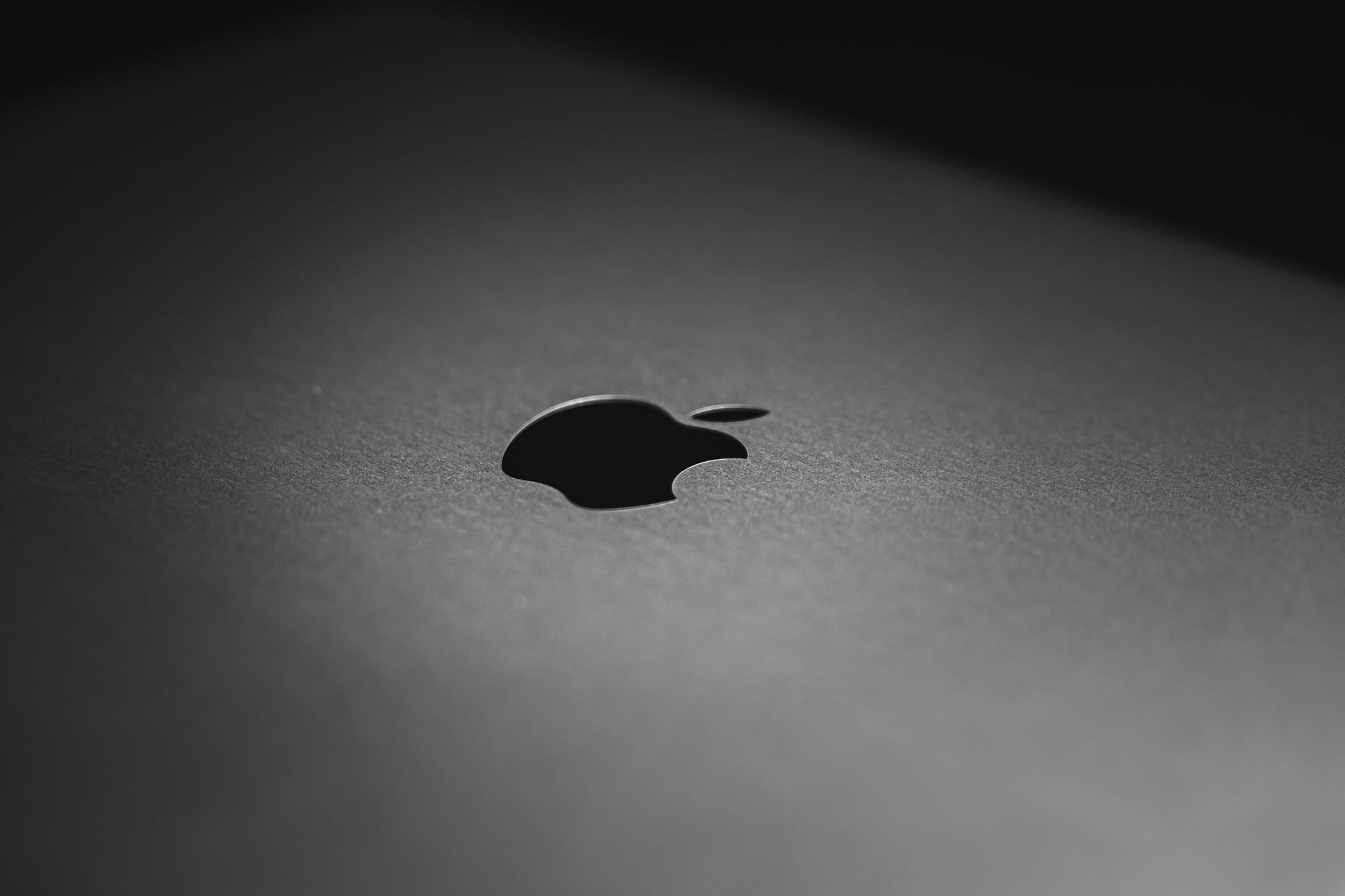Apple's OS Rebrand: The End of an Era or Smart Strategy?

Apple is reportedly preparing for one of the most significant naming overhauls in its software history, with plans to completely restructure how it designates its operating systems across all platforms. The tech giant appears ready to abandon its traditional incremental numbering system in favor of a year-based naming convention that could fundamentally change how users understand Apple's software ecosystem.
The New Naming Strategy
According to Bloomberg's latest report, Apple will transition from sequential version numbers to a year-based system starting with the next major releases. Instead of iOS 19, users will see iOS 26, with similar changes coming to iPadOS 26, macOS 26, watchOS 26, tvOS 26, and visionOS 26.The year designation will correspond to the year following the actual launch, mirroring the automotive industry's approach to model years.
This strategic shift aims to create consistency across Apple's software versioning, addressing the current disparity where different platforms use wildly different version numbers - from watchOS 12 to visionOS 2. The company plans to unveil this change at its Worldwide Developers Conference (WWDC) beginning June 9th.
Beyond Just Names: A Complete Visual Overhaul
The naming change coincides with what sources describe as the most dramatic operating system redesign since iOS 7 in 2013. Apple is developing a unified design language called "Solarium" that will bring visionOS-inspired elements across all platforms. This includes updates to icons, menus, apps, windows, and system buttons, creating a more cohesive experience as users transition between devices.
The redesign draws heavily from visionOS's spatial interface, featuring 3D elements, translucency effects, and pronounced shadows. For macOS 16 (codenamed "Cheer"), this represents the most significant update since Big Sur in 2020. The iPhone changes, part of iOS 19 (codenamed "Luck"), will mark the biggest visual transformation since the flat design revolution of iOS 7.
Strategic Timing and Market Positioning
This comprehensive rebrand comes at a crucial moment for Apple. The company is reportedly struggling with sluggish device sales and has faced setbacks with Apple Intelligence features. Industry observers suggest the dramatic visual overhaul and naming restructure could serve as a strategic distraction while Apple works to resolve AI-related challenges behind the scenes.
The timing also aligns with Apple's broader ecosystem strategy. As the company pushes deeper into spatial computing with Vision Pro and prepares for rumored foldable devices potentially arriving in 2027, a unified naming and design approach could help consumers better understand how their devices work together.
The move represents Apple's commitment to simplifying user experience while maintaining distinct optimizations for each platform. Despite the visual convergence, sources confirm that macOS and iPadOS will remain separate operating systems, allowing Apple to optimize experiences for different device categories while encouraging users to own multiple devices.
This bold naming and design overhaul signals Apple's recognition that in an increasingly competitive landscape, sometimes the biggest changes happen not in hardware specifications, but in how users perceive and interact with their digital experiences.



Discussion